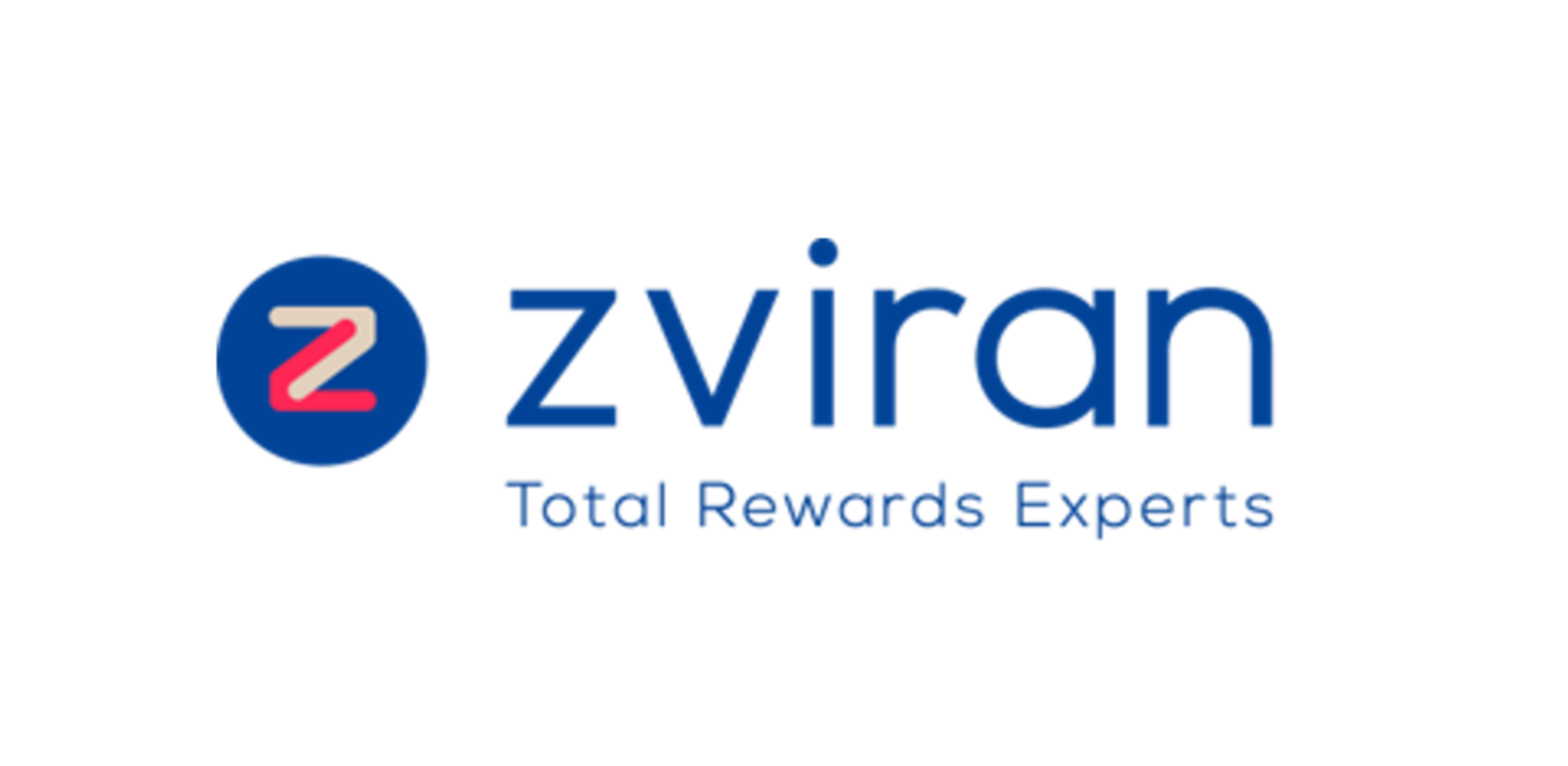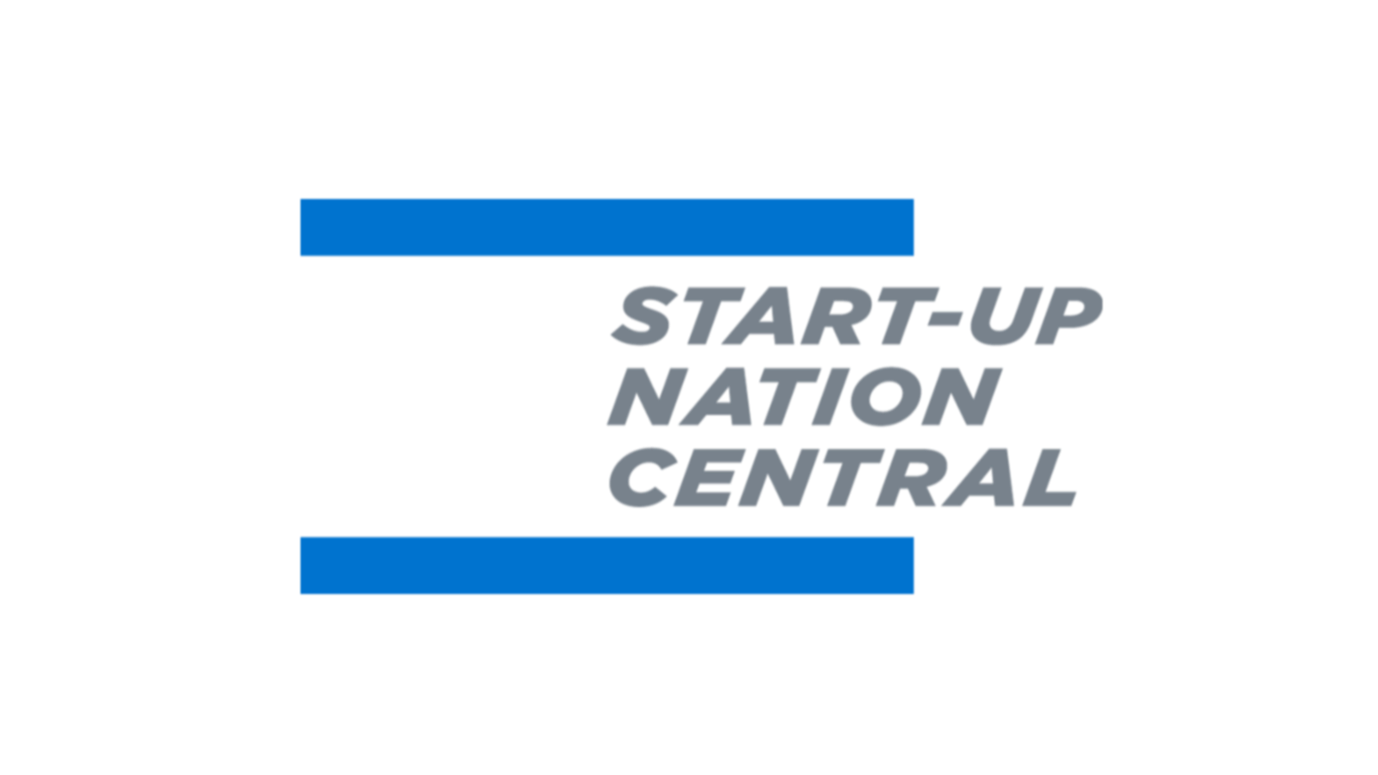Overview and Trends to Follow
After two years of peak growth that started in mid-2020, in mid-2022 the Israeli high-tech industry entered a period of slowdown, and in the first quarter of 2023 we see indications that this trend is even worsening.
The global economic slowdown led to a decrease in the growth rate of high-tech employment, which worsened throughout 2022, reaching a negative growth of -0.2% in the number of employees in the last quarter. The sharp transition from the peak period of 2021 to a global slowdown affected the entire industry and changed it from an "employees' market" to an "employers' market". An indication of this is the number of voluntary resignations - where employees left their job at one company, assuming they would find work quickly and under improved conditions at another company - which dropped dramatically from 11% in the second half of 2021 to 4.7% in the second half of 2022. The rate of layoffs rose from 2.6% in the second half of 2021 to 4.4% in the second half of 2022. It is evident that the first victims of the wave of layoffs were small companies and workers in non-technological occupations.
Nevertheless, and despite the extensive media attention covering the 2022 layoffs, it is important to keep in mind that these layoff rates are not unusual in the Israeli High-Tech sector. In fact, they are nearly similar to the multi-year average of the last decade.
The global slowdown is a significant challenge for the Israeli innovation industry. In addition, at the beginning of 2023, local uncertainty was further exacerbated by the legal legislation introduced by the Israeli government (the impact of this instability on investments in Israeli high-tech is analyzed in the reviews that we published - Innovation Authority in May and SNPI in April).
The data we present from a survey conducted by Zviran company in March-April 2023 reflects the heightened distress of the industry and the impact of instability on the high-tech labor market: 25% of companies have completely halted hiring, and a similar percentage reported that they plan to continue layoffs, with a third of them planning to lay off over 5% of their employees. About a third of the companies do not plan to update salaries in 2023. This is an unusual figure for the industry, where the vast majority of companies have increased salaries in recent years.
The encouraging news is that there are initial indications that global high-tech is beginning to recover. The Nasdaq index, for example, rose in the first four months of 2023 by about 20%, and the major technology companies are showing signs of emerging from the crisis. This figure is important, because a key component of Israeli high-tech that helps maintain the stability of manpower over business cycles are the multinational corporations. Indeed, from the data of the report it appears that these companies in Israel have maintained relative stability over the past year with positive growth figures throughout the year ranging from 3% to 1%. This is compared to Israeli-owned companies, which decreased from 4% growth in the first quarter to a -0.7% decline in the fourth quarter of 2022.
However, it is not clear whether the global recovery of multinational corporations will indeed lead to a strengthening of the Israeli high-tech labor market in 2023. First, despite the recovery, large corporations (including Amazon, Google, and Intel) recently reported on continued efficiency measures and layoffs, especially in their centers in Israel. Another and more significant concern is that the continued political and social instability may cause the recovery to bypass the Israeli economy (for more information, see Innovation Authority's review warning of the disconnection of Israeli high-tech from global technology industry trends).
Even during this period of uncertainty in the Israeli economy and high-tech sector, the infrastructural challenges related to human capital should not be neglected. Foremost among them are the integration of underrepresented populations and the strengthening and expansion of various high-tech training programs. A report published by SNPI this year indicates that there has been no improvement in the representation of women in high-tech, who constitute only about a third of the total workforce. Furthermore, their representation decreases further with higher positions in the organizational hierarchy and R&D roles. In addition, the share of the ultra-orthodox and the Arabs continues to be low, and the concern is that in light of the difficulties experienced by Israeli high-tech - the positive trend of integrating these populations will stop.
Regarding additional training channels, a study published by SNPI at the beginning of the year showed an increase in the share of graduates from non-academic training channels - a trend that the Innovation Authority has encouraged in recent years - from 2.5% of new high-tech entrants in 2005 to 13% in 2019. In this context, there is a growing concern that the high-tech industry will retreat from the openness of recent years to non-academic training courses, especially against the backdrop of the decrease in demand for employees.
Finally, at the end of 2022 the report of the Perlmutter Committee was published. This comprehensive report was written against the background of the peak period in the industry, but most of the recommendations are infrastructural and relevant even now. At the same time, a committee chaired by Prof. Eugene Kandel and led by CBS, the Innovation Authority and SNPI has been operating in recent months with the aim of improving the high-tech data infrastructure in Israel. At present, we find great importance in implementing the recommendations of these professional committees while restoring stability and certainty to the high-tech industry and Israeli economy.











